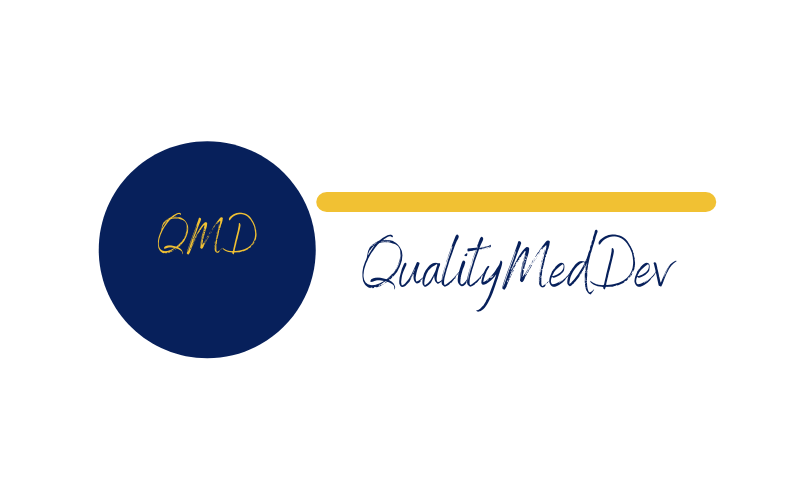In this specific moment where the new EU MDR 2017/745 is officially entered into force, the management of the so-called legacy devices play a fundamental role from regulatory standpoint. In this article we will explain what are the legacies devices and what are the maine requirements associated to these devices.
What are legacy devices?
Legacy devices are medical products that have been placed in the European market with the previous Directive 93/42/EEC, Directive 90/385/EEC or Directive 98/79/EC and that continue to be be on the market after the introduction of the new European Medical Device Regulation 2017/745 and In Vitro Diagnostic Regulation IVDR 2017/746.
It is important to mention that class I device non sterile and without measuring function cannot be considered legacy devices, as they can be brought to the european market without the involvement of the notified body.
Moreover, it is also important to mention the following characteristics for the legacy devices.
First of all, there cannot be any significant changes. This specific point it is regulated in the Article 120 of the regulation that requires the involvement of a notified and recertification of the equivalent device in case a substantial changes have to be performed.
There is a specific MDCG guideline that defines clearly what could be considered a substantial changes according to the EU MDR and IVDR.
Moreover, even if these devices are not certified under the MDR or IVDR, these devices must remain in compliance to state-of-the-art requirements. This includes compliance with any general regulation as well as any device-specific technical standard.
Furthermore, there is no transition period for the requirements of post-market surveillance according to the MDR and IVDR. In other words, for legacy devices, the new MDR PMS and PMCF requirements shall be implemented immediately from the application date of the new regulations.
Finally, for legacy devices, various registration requirements for all economic operators must be completed.
Registration in the Eudamed
The manufacturers shall register legacy devices in the Eudamed database. There is a specific deadlines for the registration that, typically, is 18 months after the date of application of the MDR or IVDR. This basically means that, if after 18 months from the application date of MDR and/or IVDR, the equivalent device does not have a CE marking under the MDR or IVDR, the manufacturer is obliged to register the legacy device in Eudamed.
Moreover, in case of serious adverse events or field safety corrective action, registration shall be performed immediately, in any case, before a follow-up or final vigilance report is sent the the relevant competent authorities.
In other words, Legacy devices that will be registered in Eudamed will need two other unique access keys (IDs) to replace the Basic UDI-DI and UDI-DI for the sake of the workability of Eudamed and since there is no specific requirements for legacy devices to have the UDI system in place, the unique access key will be generated through the Eudamed registration process.
It is important to mention that a registered legacy device that has reached the CE marking through MDR conformity assessment is considered as completely new devices, thus a new Eudamed registration will have to be performed. This time, it will be possible to use the basic UDI-DI and UDI-DI for the new registration.
UDI Requirements for Legacy Devices
As we know, UDI system plays a fundamental role in labelling requirements for medical device.
As mentioned before, legacy devices must be registered in the Eudamed within a defined deadline. Usually, assignment of basic UDI-DI and UDI-DI is not requested for a Legacy Device. At the same time, a kind of unique identification is necessary to perform the registration of these devices in Eudamed.
For this reason, an identification element called EUDAMED DI (the equivalent of the Basic UDI-DI) will be required, and a EUDAMED ID (in case no UDI- DI has been assigned) will be generated from the EUDAMED DI.
Therefore, a Basic UDI-DI will never be applicable and never be assigned to a Legacy Device, only EUDAMED DI. On the other hand, a UDI-DI can be used to identify these devices in EUDAMED.
Significant and non-significant changes on Legacy Devices
As we have been mentioned in the previous section, in a context of the transitional period defined in the Article 120 of the EU MDR 2017/745, it is possible to keep on the market devices certified with the previous Medical Device Directive 93/42/CEE until 27 May 2024, unless significant changes on the device and/or intended purpose are implemented by the manufacturer.
QualityMedDev has prepared a Change Control Procedure that is fully aligned with the requirements of Article 120 of the EU MDR 2017/745. This is of great importance, as the document provides a general guideline for the management of legacy devices, specifying what are the possible changes that can be performed on device certified under the previous MDD without the necessity to issue a new CE certificate under the EU MDR.
Clinical Evidences for Legacy Devices
The questions of what needs to be done to demonstrate safety and efficacy of a legacy device when it comes the moment of the certification under the MDR or IVDR is not obvious. The Medical Device Coordination Group published a specific guideline to bring some light on the topic, that seems quite complex.
Specifically, the MDCG 2020-06 specifically mentions the following:
“When it comes to the first MDR conformity assessment of a legacy device the pre-market and post-market clinical data generated for the purpose of MDD/AIMDD can be taken into account. As requirements and guidance developed over time, it is not necessarily the case that the clinical data used for conformity assessment under the Directives is clinical data providing sufficient clinical evidence for the purpose of MDR requirements. Legacy devices which have been placed on the market have been subjected to conformity assessment and therefore are presumed to have been supported by clinical data. Postmarket clinical data together with the clinical data generated for the conformity assessment under the MDD/AIMDD will be the basis of the clinical evaluation process for legacy devices under the MDR.”
Basically, the guideline is highlighting the possibility that clinical data that have been gathered to support the conformity assessment the previous MDD or AIMDD would be sufficient to support the compliance to the EU MDR or IVDR.
For legacy devices, as it is mentioned in the last sentence, post-market clinical information along with clinical data generated for the conformity assessment under the MDD/AIMDD will become the basis of the clinical evaluation process for legacy devices under the new regulation.
Subscribe to QualityMedDev Newsletter
QualityMedDev is an online platform focused on Quality & Regulatory topics for medical device business; Follow us on LinkedIn and Twitter to stay up to date with most important news on the Regulatory field.
QualityMedDev is one of the largest online platform supporting medical device business for regulatory compliance topics. We provide regulatory consulting services over a broad range of topics, from EU MDR & IVDR to ISO 13485, including risk management, biocompatibility, usability and software verification and validation and, in general, support in preparation of technical documentation for MDR.
Our sister platform QualityMedDev Academy provides the possibility to follow online and self-paced training courses focused on regulatory compliance topics for medical device. These training courses, developed in collaboration with highly skilled professionals in the medical device sector, allows you to exponentially increase your competencies over a broad range of quality and regulatory topics for medical device business operations.
Do not hesitate to subscribe to our Newsletter!

